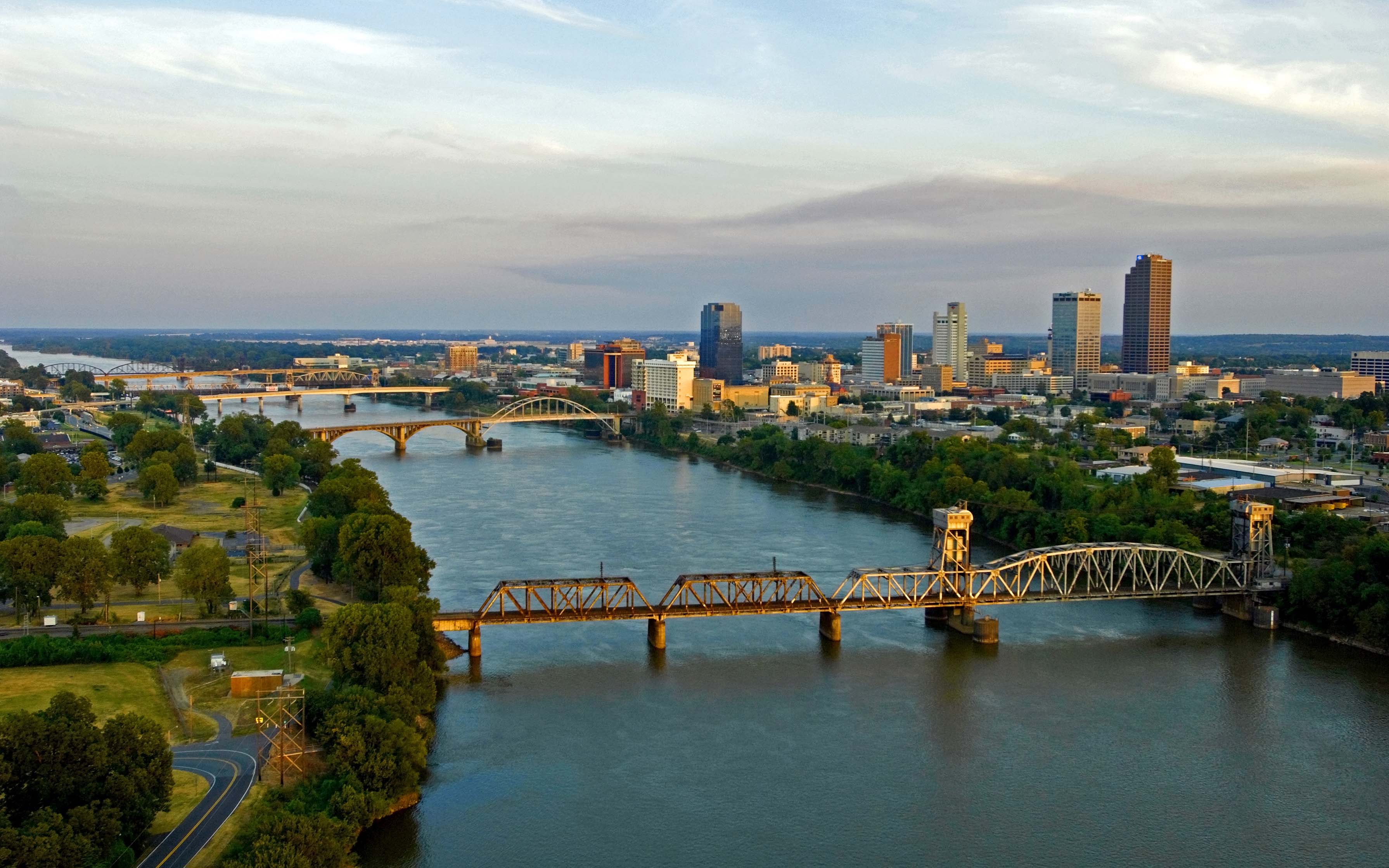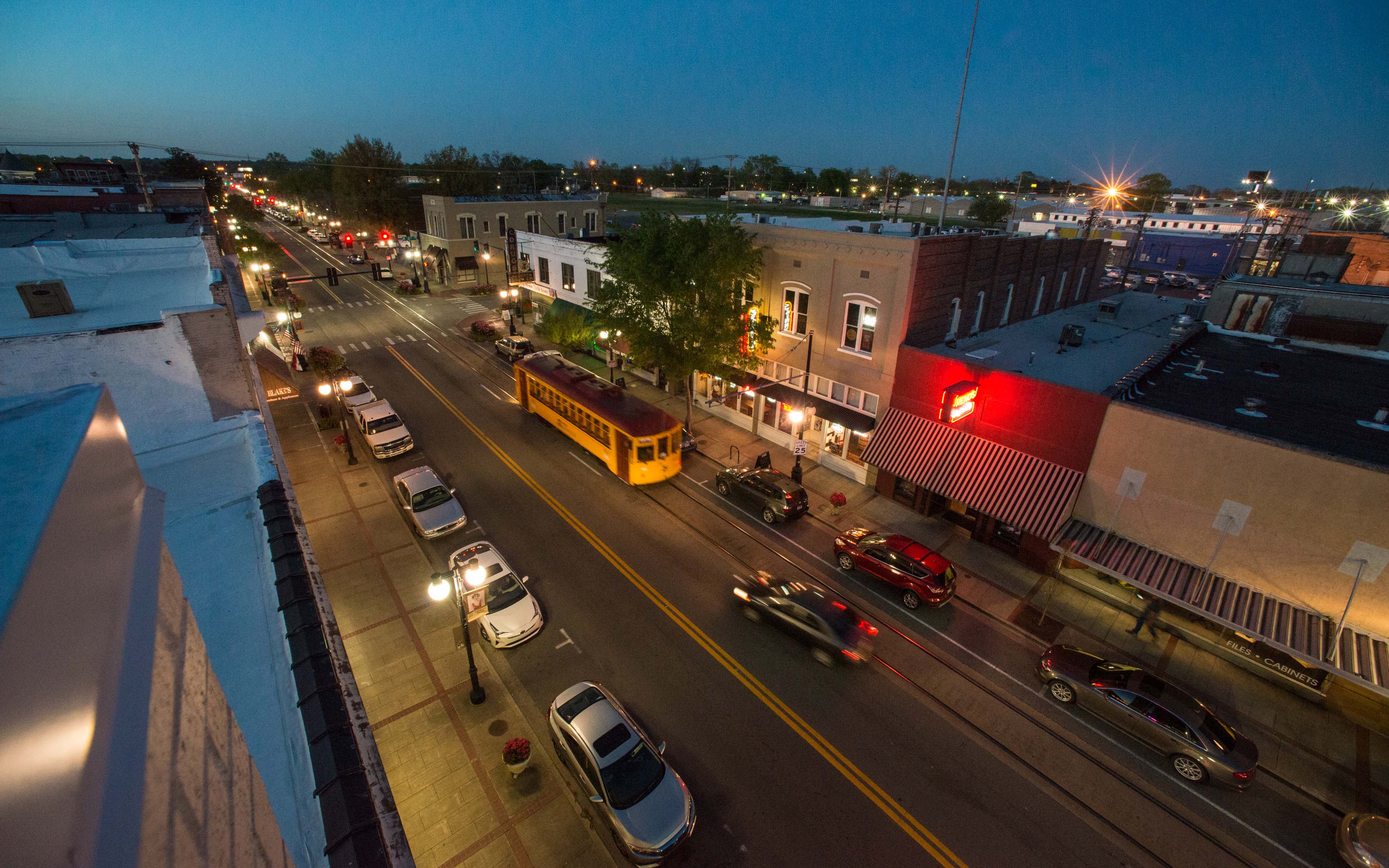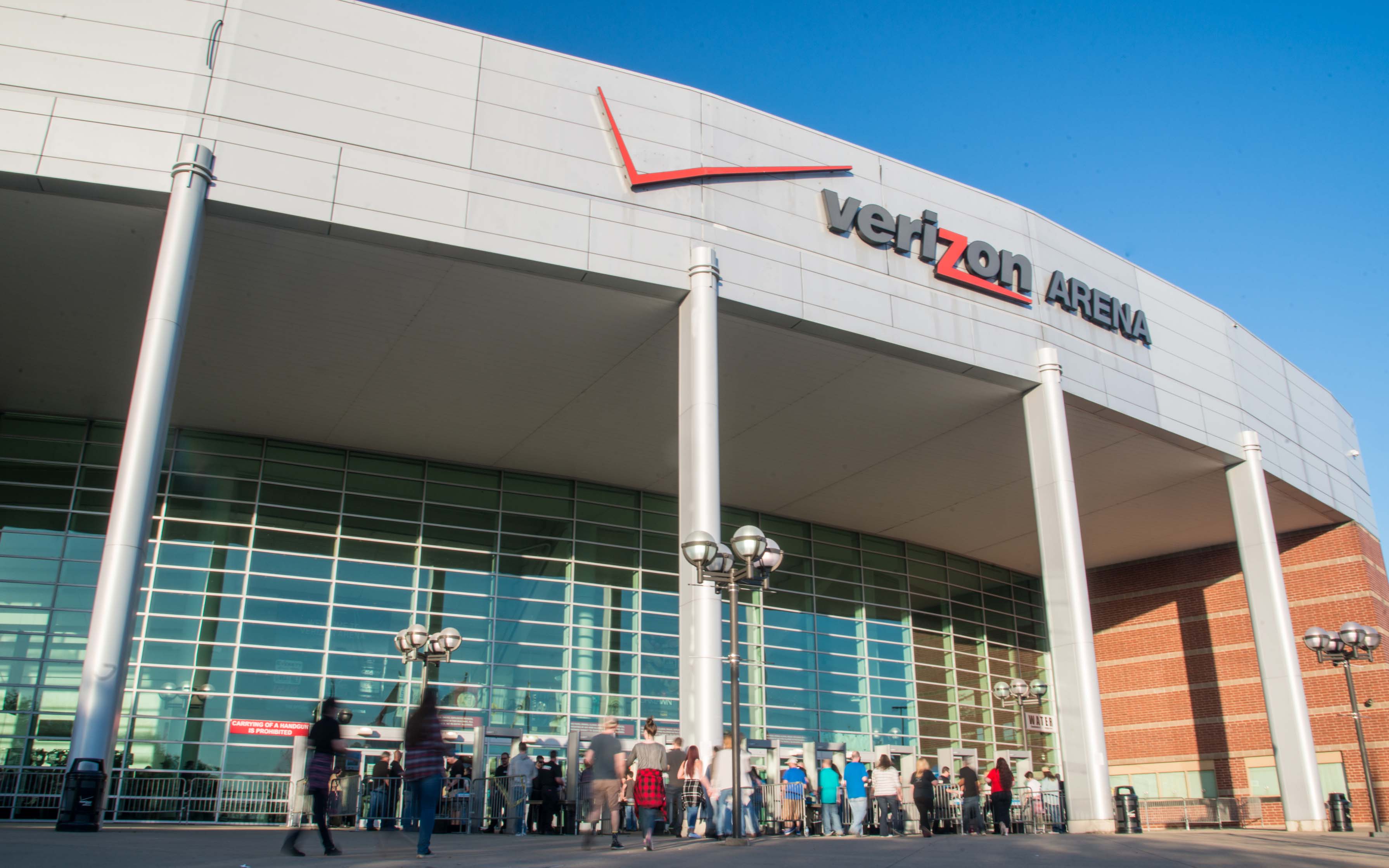North Little Rock leads the pack in economic development
April 8-14, 2019
By Dwain Hebda
Through the shining coffee shop windows, across a clear Arkansas morning, you can see Argenta steel going up. Snorted and belched into rote formation by heavy equipment, the flat ribs of iron in measured, razor-sharp rows and crossmembers windowpane the sky.
To the visitor it’s quite a sight, but few in the coffee shop even look up. It’s not disinterest exactly, just familiarity. This is how things are now, vibrant and alive, the whole neighborhood shiny with newness. Yes, the forthcoming Argenta Plaza will soon dazzle them all but right now, the novelty of North Little Rock’s rebirth has worn down a notch. The multi-million-dollar project rising up in their midst is just business as usual.
Mayor Joe Smith is one such nonchalant. Although he certainly likes what he sees going on in his hometown he doesn’t glance out the window once. He knows what’s there, knows what it took to bring it about, too. And something in his tone suggests that, since he always knew they’d reach this point, there’s nothing genuine about acting surprised now. If there’s one thing Mayor Smith is, it’s genuine.
“I met today with a gentleman out of New York,” Smith said. “He said he’s never been treated like this before where we just said, ‘Come in, sit down, let me tell you how good this place is going to be where you and your company can invest your money.’ Some other cities will say ‘You’ve got to do this and code says you’ve got to do that.’ We’re saying, you come here, and we’ll figure out how to get through the barriers.
“That makes a lot of difference. There’s not a whole lot of mayors and administrations that realize these guys are here to make a living. So, we want to help them make a profit. And when they feel that attitude they say, ‘Let’s try to work with this guy.’”
Of course, nothing is that simple, but Smith makes you feel like it is and that may be part of the magic that’s happening north of the Arkansas River. The kind of magic that takes $5.2 million in public investment into downtown alone and parlays it into nearly $50 million and 300 new jobs from private investment.
“I could certainly say it’s because I’m a wonderful salesman,” quipped Smith. “But I think, and I’ve said this in Chamber speeches and other speeches, the one advantage that we’ve had available is developable property where in downtown Little Rock it’s full. They can’t build too many buildings without a tremendous amount of expense.”
In fact, the aforementioned $5.2 million in downtown investment funds included no tax dollars but was raised through the sale of such parcels the city had accumulated over the years. Parcels, incidentally, which appreciated with each new amenity to come to Argenta: Verizon (soon to be Simmons Bank) Arena being one, Dickey Stephens Park being another.
But more than any single attraction, it’s the city’s broad view that has sparked its renaissance. The kind of vision that could see through the decay and envision people not only coming here for dinner and a show but finding a place to call home.
“We realized years ago when former Mayor (Pat) Hays was here, that in order to have a successful downtown you’ve got to have heads in beds,” Smith said. “We had a crime problem down here and the Argenta neighborhood was slowly deteriorating. Along with the help of the downtown boosters, which were local people that lived here, the city administration said, ‘Enough’s enough. Let’s try to figure out how to do this.’
“Community development agencies were really popular back in the early ‘90s. We had a really successful one (Argenta Community Development Corporation), probably one of the best in the country. It was able to stop the bleeding in the Argenta residential area and it started to grow.”
Stabilizing housing and safety issues had a direct impact on business and developers being willing to give North Little Rock a serious look. Attorney Lisa Ferrell, a North Little Rock native, knows this firsthand, having developed with her husband, Jim Jackson, the ambitious Rockwater Village. The 50-acre, mixed-use development along the riverfront boasts single and multi-family housing, commercial space, a marina and an office building.
“We put the project in North Little Rock for several reasons,” Ferrell said. “One, North Little Rock for a long time had not been developed, so there was a lot of opportunity there. Two, the city leaders, particularly the mayor and City Council, have been very visionary in developing a plan for the area. And three, it provides a unique opportunity to be on the river and the bike trail. A lot of that opportunity does not exist in Little Rock anymore.”
As if that put too fine a point on things, she added, “Developing in North Little Rock is worlds different [than Little Rock]. Let’s just say in the past, it’s the city leadership
of North Little Rock that’s been visionary and supportive of quality development and eager to find ways to say yes.”
One might think after years in Little Rock’s shadow North Little Rock would want to strut a little in her moment of glory – one would be mistaken. Winning is its own reward, after all, and even the once-derisive nickname Dogtown has become something of a badge of honor around here.
So, even as it continues to pile up corporate immigrants from points near and far – Little Rock tech company First Orion was a major get, as was Caterpillar a few years back, among many others – officials skip the gloating in favor of the long view.
“Regionality is really important for us,” said John Owens, president and CEO of the North Little Rock Chamber of Commerce. “North Little Rock is just one part and we want to do our part, but we also want to be part of the bigger Pulaski County regional area.”
“We have to work together as a community in Central Arkansas, not just as North Little Rock. We can’t attract industry here by ourselves. We work with our brothers and sisters in Little Rock and Cabot and Bryant and Benton so that we can compete with other communities that are larger than we are. That’s our challenge.”
“Twenty years ago, there was scoreboard on who wins and who loses,” Smith agreed. “But I think the attitude that really started before my administration, and that I think I’ve solidified, is what’s good for Little Rock is good for North Little Rock and what’s good for Sherwood is good for all of us. It’s the area.
“We’re not North Little Rock or Little Rock or Benton or Bryant, we’re Central Arkansas. That’s worked very well in Northwest Arkansas and we’re finally realizing that that’s right. So, everything that I’ve done and everything that my administration’s been able to do, is a win for Little Rock, too.”
PHOBO CAPTIONS:
1. A river runs through central Arkansas, and the metropolises on either side – North Little Rock and Little Rock – are two distinct cities, in more ways than one. Currently one side is trending in growth and change while the other looks more and more stagnant. What North Little Rock is doing that just might one day leave Little Rock behind. (Photos courtesy of the Arkansas Department of Parks & Tourism)
2. Downtown investment in North Little Rock is made possible in large part due to the sale of parcels over the years as opposed to tax dollars. Verizon (soon-to-be-Simmons) Arena, is one such parcel.
3. “In order to have a successful downtown, you’ve got to have heads in beds,” North Little Rock Mayor Smith said. Stabilizing housing and safety issues have since had a direct impact on business and continues to do so.





